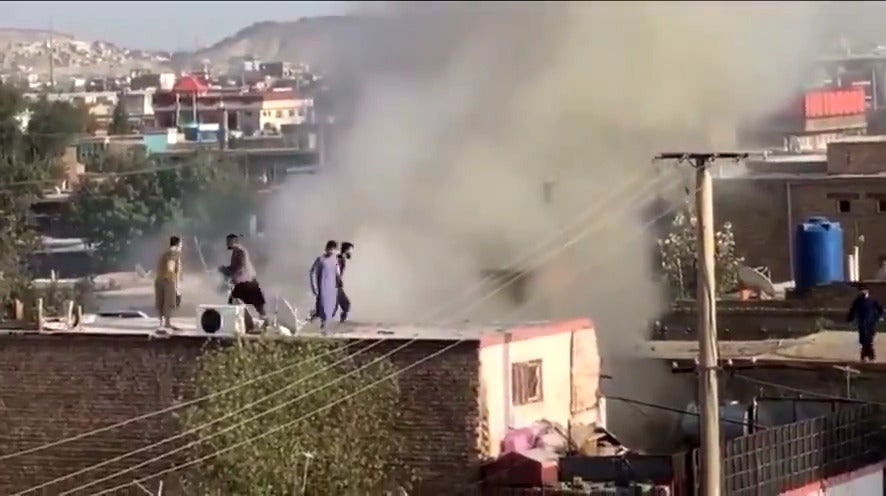No Disciplinary Measures Recommended Over Mistaken Kabul Drone Strike
An independent Department of Defense investigation has found that an August 29 drone strike in Kabul that killed 10 Afghan civilians and children was not caused by misconduct or negligence. According to the general tasked with heading the investigation, the strike, while mistaken, did not break any laws, including the laws of armed conflict.
In a press conference at the Pentagon, Air Force Inspector General Lt. Gen. Sami Said stated that “it was not unreasonable” for those making the strike decisions to mistakenly identify the Toyota Corolla of Zemerai Ahmadi as a vehicle associated with the Islamic State’s Afghanistan branch, owing to intelligence at the time that suggested his vehicle was one of interest, with the strike cell monitoring multiple vehicles that represented potential threats. Ahmadi, 37, was a longtime employee of an American humanitarian organization working on nutrition in Afghanistan. Nine other members of his family were killed in the strike, seven of them children.
According to the Inspector General, the quality of intelligence available to targeters had been degraded due to the late stage of the withdrawal, which concluded the following day. Ahmadi’s parked car was deemed an imminent threat as the targeters believed the apparent IS vehicle needed to be neutralized before explosives stored within it could be distributed, with a computer bag spotted at the site said to resemble the one that contained explosives used in a suicide attack at Hamid Karzai International Airport’s Abbey Gate three days earlier that killed 13 American servicemembers and at least 170 civilians.
Lt. Gen. Said stated that a classified report on the investigation was distributed to the chain of command and operational commanders two days ago. While an official that spoke to the Associated Press says that it does not recommend any disciplinary measures, the Inspector General said at the press conference that the report contained recommendations on procedures that could be taken to avoid confirmation bias during “self-defense” strikes.
US Central Command had initially claimed that the drone strike had resulted in secondary explosions, proving that an Islamic State Khorasan vehicle containing explosives had been targeted. The account was disputed by eyewitnesses and members of the press, with the Department of Defense subsequently conceding that it was a mistake. An Islamic State Khorasan vehicle-mounted covert multiple rocket launcher did target Hamid Karzai International Airport on August 30, although the rockets were intercepted by a counter-rocket and mortar system installed at the airport.
While the Pentagon has offered ex gratia condolence payments to Ahmadi’s surviving family members, as well as working with the State Department to facilitate their relocation to the United States, both efforts have not been finalized.

